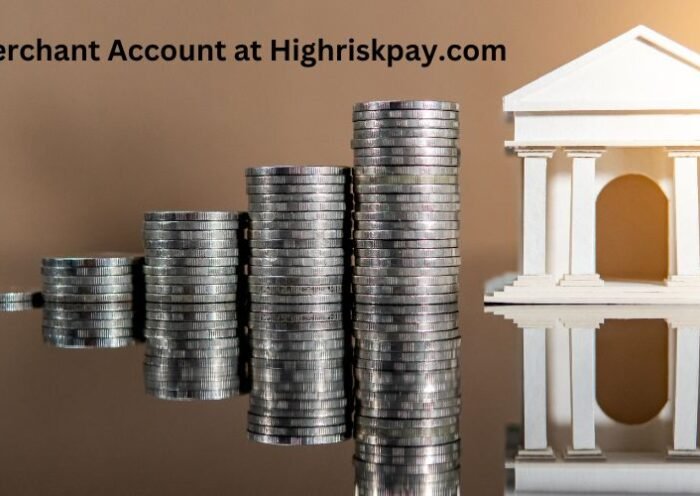
Channel Incentive Solutions: Driving Partner Engagement and Sales Performance
In the realm of business-to-business (B2B) relationships, channel partners play a pivotal role in extending market reach, driving sales, and enhancing customer satisfaction. To incentivize and empower these partners effectively, businesses deploy channel incentive solution. These solutions are structured programs designed to motivate and reward channel partners for achieving specific goals and objectives, ultimately fostering loyalty, collaboration, and sustained business growth.
Understanding Channel Incentive Solutions
Channel incentive solutions encompass a range of strategies, rewards, and recognition initiatives aimed at optimizing the performance and engagement of channel partners. Unlike traditional sales incentives, which primarily target internal sales teams, channel incentive solutions are tailored to the unique dynamics of partner ecosystems. These solutions leverage incentives to align partner behaviors with strategic business objectives, driving mutual success and competitive advantage in the marketplace.
Types of Channel Incentive Solutions
- Sales Performance Incentives: Encouraging channel partners to achieve and exceed sales targets through various incentive structures, including:
- Volume-Based Rebates: Providing financial incentives based on the volume of products or services sold within a specified period.
- Tiered Commission Structures: Offering escalating commission rates for achieving incremental sales milestones.
- Performance-Based Bonuses: Rewarding top-performing partners with bonuses or cash incentives for exceeding predefined performance metrics.
- Training and Certification Programs: Investing in partner enablement through educational resources, training workshops, and certification programs. These initiatives equip partners with the knowledge and skills needed to effectively sell and support products or services.
- Market Development Funds (MDF): Allocating funds to support partners’ marketing and promotional activities aimed at driving demand generation and market expansion. MDF programs often reimburse partners for approved marketing expenses or co-fund joint marketing campaigns.
- Cooperative Advertising Programs: Collaborating with partners on advertising initiatives to promote products or services in targeted markets. These programs may include shared advertising costs or subsidized promotional materials to enhance brand visibility and customer engagement.
- Rewards and Recognition: Acknowledging partner achievements and milestones through formal recognition programs, awards ceremonies, or exclusive incentive trips. These rewards reinforce desired behaviors, foster a sense of accomplishment, and strengthen partner relationships.
Benefits of Implementing Channel Incentive Solutions
Implementing robust channel incentive solutions offers several benefits to both businesses and their channel partners:
- Increased Partner Engagement: Motivated by incentives, partners are more engaged and committed to achieving mutual business goals, resulting in higher sales performance and revenue generation.
- Enhanced Partner Loyalty: By rewarding partner loyalty and performance, businesses cultivate long-term relationships based on trust, collaboration, and shared success.
- Accelerated Market Penetration: Effective channel incentives empower partners to drive market expansion, penetrate new customer segments, and gain a competitive edge in saturated markets.
- Improved Productivity and Efficiency: Channel incentive solutions optimize partner productivity by aligning incentives with strategic priorities, reducing time-to-market, and enhancing operational efficiency.
- Strategic Alignment: By aligning partner behaviors with corporate objectives, businesses ensure that channel activities support overarching growth strategies and market expansion initiatives.
Best Practices for Implementing Channel Incentive Solutions
To maximize the effectiveness of channel incentive programs, organizations should adhere to the following best practices:
- Clear Program Objectives: Define clear and measurable program objectives aligned with business priorities, sales targets, and partner engagement goals.
- Customization and Flexibility: Tailor incentive programs to accommodate diverse partner preferences, market dynamics, and regional variations. Offer flexibility in reward options to cater to individual partner needs and motivations.
- Transparent Communication: Clearly communicate program details, eligibility criteria, reward structures, and performance metrics to partners to ensure transparency and mitigate misunderstandings.
- Performance Tracking and Reporting: Implement robust systems for tracking partner performance, monitoring program effectiveness, and generating actionable insights for continuous improvement.
- Regular Program Evaluation: Conduct regular evaluations and performance reviews to assess program impact, solicit partner feedback, and make data-driven adjustments to optimize program ROI.
Conclusion
In conclusion, channel incentive solutions are indispensable tools for driving partner engagement, optimizing sales performance, and achieving sustainable business growth. By leveraging strategic incentives, rewards, and recognition initiatives, businesses can empower their channel partners to succeed in competitive markets while fostering collaborative relationships built on mutual trust and shared success.
Effective implementation of channel incentive solutions requires careful planning, ongoing evaluation, and a commitment to aligning partner behaviors with organizational objectives. By investing in partner enablement and motivation, businesses not only strengthen their partner ecosystem but also position themselves for continued innovation, market leadership, and long-term profitability in the global marketplace.



